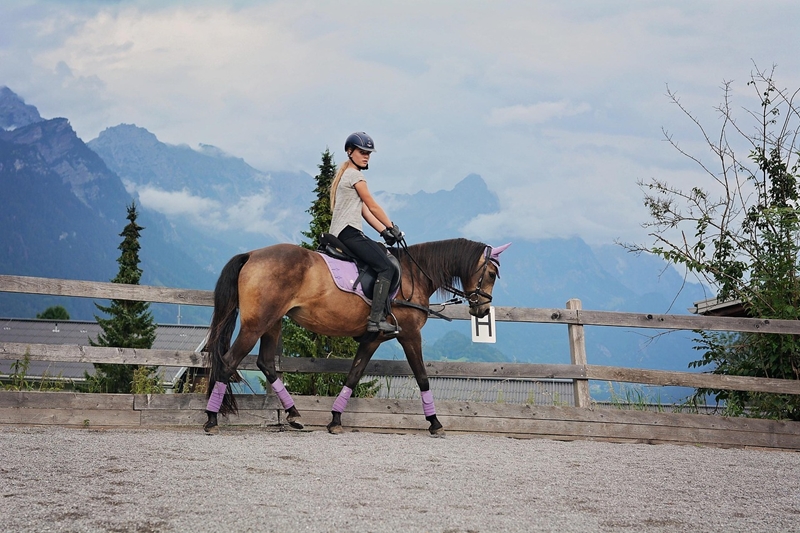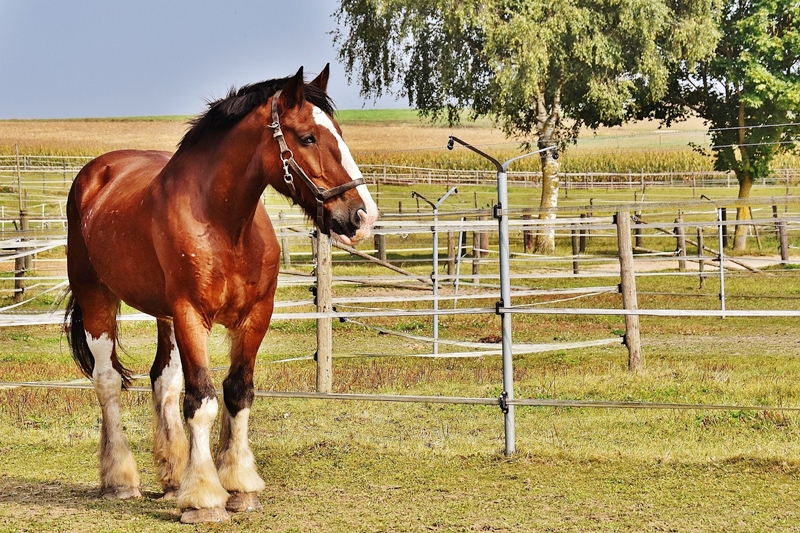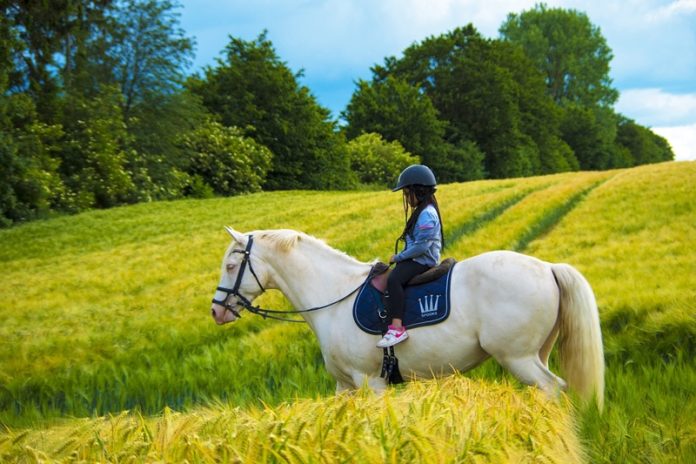If a horse could talk, it might have a few things to say about the ground it’s expected to run, jump, or train on every day. Some arenas feel amazing underfoot—soft but not squishy, firm but not too hard. Others feel uneven, slippery, or dusty. And even if everything else seems perfect—clean tack, a strong bond, plenty of rest—bad footing can ruin the whole experience for both horse and rider.
Horses don’t complain the way people do. But they definitely show it in other ways: stiff movements, hesitation, random spooks, or even sore legs. And that’s often because of what’s under their hooves.
Let’s talk about why footing matters so much—and how getting it right can totally change the way your horse performs and feels.

The Ground Beneath Their Hooves
Footing isn’t just dirt or sand thrown into a fenced space. It’s the entire surface your horse works on, made up of layers that need to work together. There’s usually a base layer, something in the middle to help with drainage, and the top layer—the one everyone sees and rides on.
But not all footing is created equal. Some materials can pack down too hard, causing concussion on your horse’s joints. Others stay too loose and make it hard for the horse to push off. Then there’s moisture—too dry and it turns to dust clouds, too wet and it gets slippery.
The top layer especially plays a big role in performance and safety. That’s where horses get grip, cushion, and support. One helpful guide that covers the best materials and design tips is this one on horse arena footing. It breaks down what really matters when planning or fixing up your arena, especially if you want it to last.
How Bad Footing Affects Your Horse
A horse won’t always react right away. But over time, poor footing can cause real problems. For starters, it can lead to soreness in the back, hocks, or fetlocks. And if a horse doesn’t feel stable when moving, it might start acting spooky or nervous. It’s not about being stubborn—it’s about survival instincts. Horses are prey animals, and they don’t want to risk slipping or falling.
Other signs include tripping more often than usual, uneven strides, or avoiding certain parts of the arena. These are all red flags that the footing could be off-balance or uneven in some way. And in really bad cases, it can lead to injuries that take weeks or even months to heal.
That’s why the surface matters as much as the training. A solid routine means nothing if the ground works against the horse instead of supporting it.
What Makes Footing “Good”?
Good footing is kind of like a good pair of shoes. It needs to offer grip, cushion, and support—all at the same time. But there’s no one-size-fits-all answer. The “best” footing depends on what the arena is used for. Dressage riders may need more firmness and stability, while jumpers might prefer more cushion and bounce.
Still, there are a few things that should always be true:
- The surface should drain well after rain, so puddles don’t form.
- It should feel even from one end of the arena to the other.
- It should have enough grip to help the horse turn without slipping.
- It shouldn’t throw up clouds of dust every time a hoof hits it.
Also, good footing doesn’t stay good on its own. It needs to be maintained—dragged, leveled, and watered regularly. A perfect arena today can become a problem area next month if it’s not taken care of.
Building or Fixing Your Arena? Start Here
If your arena already exists but doesn’t feel right, sometimes all it takes is adjusting the top layer. Adding the right blend of sand, fiber, or other materials can make a big difference without needing a full rebuild.
But if you’re starting from scratch, it’s smart to think long-term. Don’t just go with whatever material is cheapest or easiest to get. Think about your climate, how much rain you get, and what types of training will happen in the space.
Some materials might work great in dry areas but turn to mush in the rain. Others might drain well but get dusty fast. That’s why many arena experts recommend testing out blends and even riding on demo spaces before making a decision.
Also, think about the size and location of the arena. If it’s in a low area where water gathers, even the best footing won’t help without good drainage underneath.

Your Horse Will Thank You
Most riders notice the difference almost right away. The horse moves more freely, responds better, and doesn’t resist transitions. It’s not magic—it’s just that the horse feels safe and comfortable enough to do what it’s being asked.
And it doesn’t matter whether the horse is a backyard buddy or a show champion. Good footing helps every horse stay sound longer, recover faster, and train with less stress on the body.
Riders also benefit. With better footing, there’s more control, less slipping, and fewer surprises during a ride. It builds trust between horse and rider—because both know they can rely on the ground under them.
Easy Fixes and Daily Tips
You don’t always need a huge budget to improve footing. Sometimes just dragging the arena more often can help. It spreads out the surface evenly so that no single spot gets worn down too much. Watering it on dry days can stop dust from kicking up and make the surface feel firmer.
Avoid riding over the same path every time. Mixing things up helps keep the surface from getting packed down in some spots while staying loose in others.
And if footing problems keep popping up, don’t ignore them. Even small changes—like adjusting the moisture level or adding a top-off layer—can go a long way.
What to Remember
Horses don’t hate arenas for no reason. When a horse seems off, unsure, or unhappy while riding, the ground is one of the first things to check. Arena footing matters—a lot. It affects safety, comfort, performance, and even how confident your horse feels during each ride.
If you’re planning to build a new arena or fix up an old one, take time to learn about materials, layers, and how the whole thing works together. And when in doubt, talk to a footing specialist. Your horse might not say thank you out loud, but you’ll notice it in every smooth stride and relaxed ride.
So before assuming your horse just “doesn’t feel like working,” check the ground under those hooves. It might be trying to say something loud and clear.








wow, interesting reading this, highly helpful